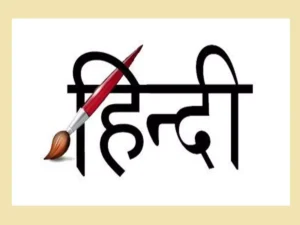
The iconic Mughal Gardens at Rashtrapati Bhavan were renamed to ‘Amrit Udyan’.
- The cluster of about 15 gardens will collectively be known as Amrit Udyan.
- Individual gardens within the sprawling Presidential Estate — Herbal Garden, Musical Garden and Spiritual Garden — will retain their names.
- Spread over 15 acres, the Mughal Gardens draw inspiration from the Mughal Gardens of Jammu & Kashmir, the gardens around the Taj Mahal and miniature paintings of India and Persia.
Lutyens’ Imprint
- Edwin Lutyens had finalized the designs of the Mughal Gardens in 1917, but it was only during the year 1928-1929 that plantings were done.
- Director of horticulture William Mustoe, who planted the garden, was especially skilled at growing roses and is said to have introduced more than 250 different varieties of hybrid roses gathered from every corner of the world.
- Like the building of Rashtrapati Bhavan has two different styles of architecture, Indian and western, similarly, Lutyens brought together two different horticulture traditions together for the gardens — the Mughal style and the English flower garden.
- Mughal canals, terraces and flowering shrubs are beautifully blended with European flowerbeds, lawns and private hedges.
Mughal Touch
- There are three gardens in the Rashtrapati Bhavan inspired by Mughal and Persian gardens. The one inspired from the garden in Srinagar is known as Mughal Garden.
- The style was influenced by the Persian gardens, particularly the Charbagh structure. In Babur Nama, Babur shared that his favourite kind of garden is the Persian Charbagh style
- Defined by their rectilinear layouts, divided into four equal sections, these gardens can be found across lands previously ruled by the Mughals.
- From the gardens surrounding Humayun’s Tomb in Delhi to the Nishat Bagh in Srinagar, all are built in this style – giving them the moniker of Mughal Gardens.
- A defining feature of these gardens is the use of waterways, often to demarcate the various quadrants of the garden.
- These were not only crucial to maintain the flora of the garden, they also were an important part of its aesthetic. Fountains were often built, symbolizing the “cycle of life.”
Other Gardens in Rashtrapati Bhavan - Over time, Presidents have contributed to the gardens in their own ways for social or developmental works.
- For instance, C Rajagopalachari, the last Governor General of India, during a period of food shortage in the country, himself ploughed the lands and dedicated a section of the garden to foodgrains.
- Today, the Nutrition Garden, popularly known as Dalikhana, stands in that spot, organically cultivating a variety of vegetables.
- During the term of former Presidents APJ Abdul Kalam and Ram Nath Kovind, more gardens were developed– such as Herbal-I, Herbal-II, Tactile Garden, Bonsai Garden and Arogya Vanam.
- The herbal garden, bonsai garden, central lawn, long garden and circular garden are now collectively called Amrit Udyan.
- President R Venkatraman added a cactus garden and APJ Abdul Kalam added many theme based gardens-from the musical garden to the spiritual garden.







